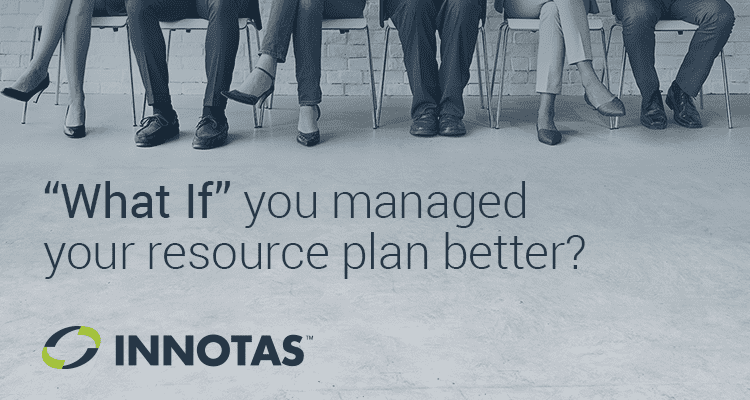
How are you getting the truth?
I talk to people every day who struggle with resource capacity and demand planning. It’s a challenge to see what people are working on and if people are available to take on more projects. Often times they are focused on the day to day work, like an individual project or tasks within one project. Others are focused only on the big picture – how much of my team is working towards strategic work versus maintenance work? The reality is that both of these pieces of the puzzle are needed to complete the picture. The trick is actually connecting them.
Why that’s not really the whole truth:
Although you’re getting the macro and micro views, you’re missing the middle layer. This is the layer that connects the two and allows you to be proactive and reactive as needed. This is where your scenario planning comes in. Being able to see what the impact will be to resources and projects as new work comes in means less guessing and room for error. And less of a chance of finding yourself in a sticky situation after committing a resource, only to find out after the fact that they already had a full plate of work.
It also does wonders for those times when you are already in a sticky situation and need to be reactive. You may not have realized that your team has been committed to too much work. Using scenario planning with a What-If engine will help you see if taking work off their plate will help at all. I would recommend focusing your potential project shifts on those that have not started yet instead of the ones that are already in progress to prevent unnecessary disruption.
Enough about what to do. Here’s how to do it:
Now you’re starting to see the whole truth of resources and how to be both proactive and reactive to be able to manage them effectively. And with this, the possibilities are plentiful. First thing to do is ensure that the day to day work is truly aligned to strategic work. As we execute on tasks, projects, and other small items, the key is to map all work to one or more strategic goals. As you do your strategic planning, whether it’s annual or quarterly, check into see that the alignment is still there. You are looking to ensure that where you are planning to spend time is truly where you want to; essentially, with what projects will you drive those strategic goals and objectives?
As the year moves forward, a best practice is to come back often to this plan. Not only will you have a great reason to check that strategic alignment, but you’ll also want to make sure everything still looks good at the micro level. The one constant that we can depend on is change. Even though the big picture plan sounded great and was approved by leadership, the rest of us live in the real world. This is a world where no project goes completely as planned, end dates are estimates, and most importantly, our people come and go. It’s this middle layer that will provide you more information and allow you to make the right change when your project changes.
Keeping it all together:
You’ve got your top layer, the strategic planning with leadership. You’ve got your bottom layer, the project and task work your team manages. And now you’ve got the essential middle layer, allowing you to see insightful scenarios to plan the best path forward. Reporting on where people are spending their time and reflecting on if that is where you want people to spend time. That middle layer is essential – dealing with the changes that come your way despite the best planning efforts. Ultimately, it is the glue keeping it all together in one happy resource management sandwich.




